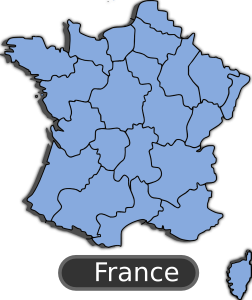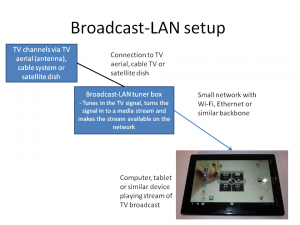BMW to use the car as a base for a European voice-driven assistant platform
Article
BMW Intelligent Personal Assistant may be the cold, distant German Siri of our dreams | CNet
From the horse’s mouth
BMW Group
My Comments
I have been pushing for the idea of European firms answering what Silicon Valley offers but applying European values to these offerings. Here, it’s like the rise of Airbus and Arianespace from France answering the USA’s leadership in the aerospace industry.
I was calling this out because the European Commission were always worried about the way the popular Silicon-Valley-based online services, especially Google, Amazon, Facebook and Apple were doing to European personal and business values like democracy, competitive markets, user privacy and transparency. Their typical answer was to either pass more regulations or litigating against them in the European court system. But they could easily encourage European companies to offer online services that underscore the European mindset through, for example, business-development assistance.
It is something that is slowly happening with the rise of Spotify, the leading world-wide jukebox, rising from Sweden. There is also a persistent effort within France to answer YouTube with a peer-to-peer video-streaming service.
Now BMW have stepped up to the plate by working on a voice-driven assistant which will initially be focused towards the automotive space. But they intend to take it beyond the vehicle and have it as a European competitor to Alexa, Siri, Google Assistant or Cortana.
But I would say that even if they don’t get it beyond the car dashboard, they could establish it as a white-label platform for other European tech firms to build upon. This could lead to the creation of smart-speaker products from the likes of Bang & Olufsen or TechniSat that don’t necessarily have to run a Silicon-Valley voice-driven assistant platform. Or Bosch or Electrolux could work on a “smart-home” control setup with a voice-driven assistant that is developed in Europe.



![Map of Europe By User:mjchael by using preliminary work of maix¿? [CC-BY-SA-2.5 (http://creativecommons.org/licenses/by-sa/2.5)], via Wikimedia Commons](https://homenetworking01.info/wp-content/uploads/2014/06/512px-Blank_map_europe_coloured.svg_-300x229.png)



